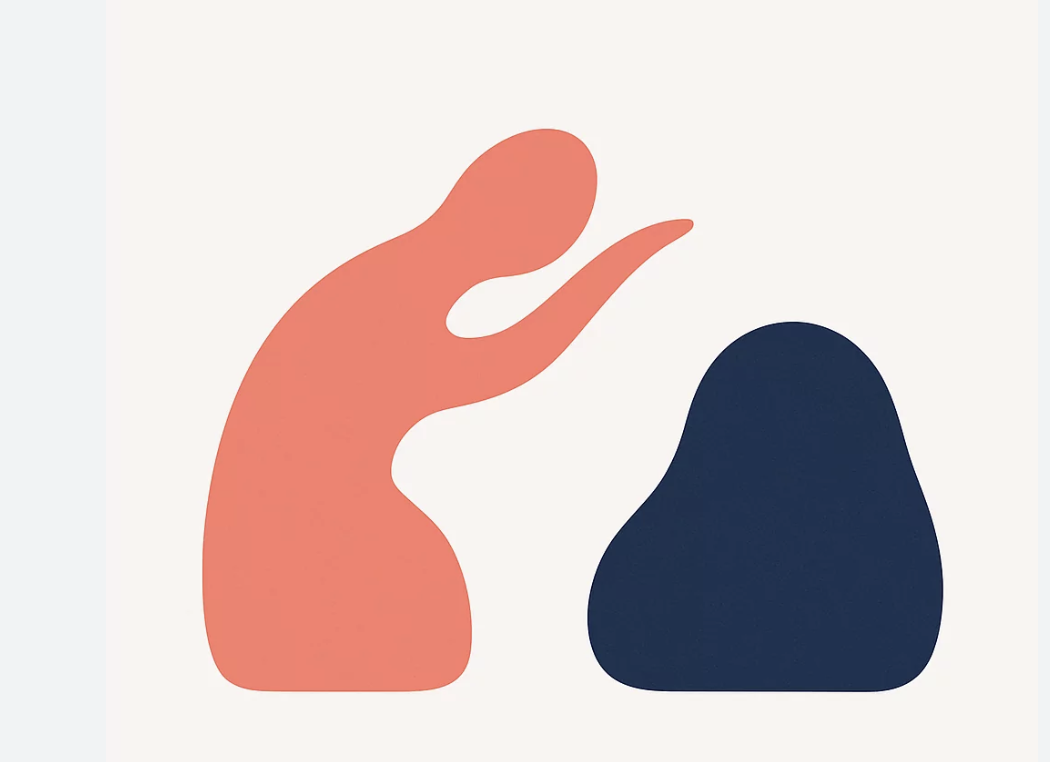Understanding Relational Attachment Styles
Image by Shutterstock
As a therapist in Portland, Maine who has lived in different areas of the country previously I’ve noticed how cultural, regional, and family traditions influence the way people express emotion and connect with one another. In some places, openness and affection come easily; in others, independence and self-reliance are valued more strongly. These variations can also be seen in attachment patterns—how individuals learned to seek closeness, safety, and support from an early age.
What Is Attachment Theory?
Attachment theory was first developed by psychologists John Bowlby and Mary Ainsworth, who studied how the emotional bonds we form with caregivers in childhood shape the way we connect with others throughout life.
When caregivers are responsive and consistent, children learn that the world is safe and their needs matter. But when caregiving is inconsistent, unavailable, or overwhelming, a child adapts by developing protective patterns—patterns that often continue into adulthood.
These patterns are known as attachment styles, and they influence how we seek closeness, express needs, and respond when we feel emotionally threatened. Recognizing your attachment style can be an empowering first step toward greater self-understanding and more secure relationships.
The Four Main Attachment Styles
Secure Attachment
People with secure attachment feel comfortable with closeness and trust. They can express needs directly and maintain healthy boundaries. In therapy, individuals with secure attachment often work on managing stress, deepening connection, or navigating life transitions while staying grounded.Anxious (Preoccupied) Attachment
Those with an anxious attachment style often crave reassurance and fear being rejected or abandoned. They may become preoccupied with relationships or worry about being “too much.” In therapy for attachment anxiety, I help clients strengthen self-worth, soothe their nervous system, and learn to find balance in connection without overextending themselves emotionally.Avoidant (Dismissive) Attachment
Individuals with avoidant attachment often value independence and may downplay emotional needs to feel in control. Vulnerability can feel unsafe, leading to emotional distance in relationships. In therapy, we explore how to build trust, express needs more openly, and experience closeness without losing autonomy.Disorganized (Fearful-Avoidant) Attachment
This style can develop when early relationships were both loving and frightening, often linked to trauma or unpredictable caregiving. People with disorganized attachment may long for intimacy but fear being hurt. Therapy focuses on creating a sense of safety, consistency, and emotional regulation to support deeper trust and connection.
How I Use Attachment Theory in Therapy
In my work with clients, I use an attachment-based approach to help people understand and transform these patterns. I don’t view attachment styles as rigid labels—they’re adaptive responses to early experiences. Together, I aim to explore how these adaptations have helped my clients survive and how they might be holding them back now.
In session, attachment dynamics often show up in subtle ways: hesitating to share feelings, worrying about being judged, or withdrawing when emotions feel too strong. These moments become opportunities to build new relational experiences based on trust and empathy. Over time, therapy becomes a space to develop what psychologists call earned secure attachment—a sense of internal safety that allows you to feel both independent and deeply connected.
Moving Toward Secure Connection
Healing through an attachment lens is about learning that safety and connection can coexist. Whether you identify with anxious, avoidant, or disorganized attachment, therapy offers a place to unlearn old patterns and practice new ways of relating—to others and to yourself.
Providing therapy in Portland, Maine I specialize in helping individuals understand their attachment patterns, heal from past relational wounds, and create more secure, authentic connections. If you’ve ever felt stuck in relationship patterns that repeat, therapy can help you break the cycle and move toward greater emotional freedom and trust.

